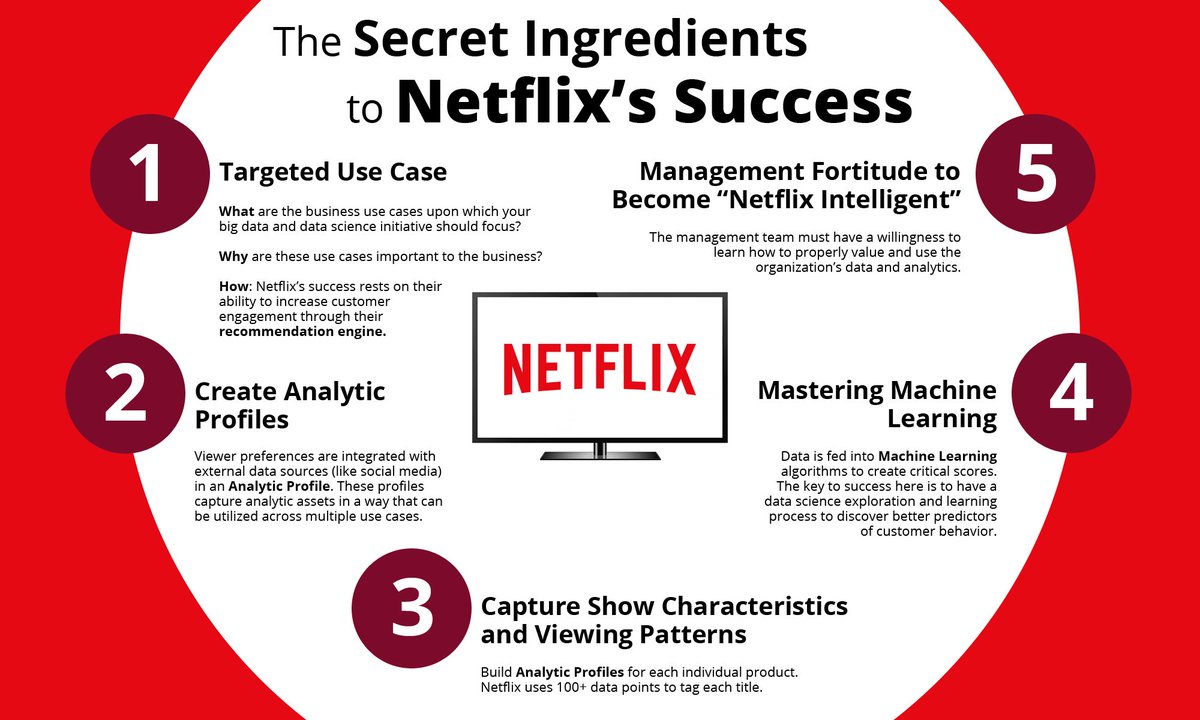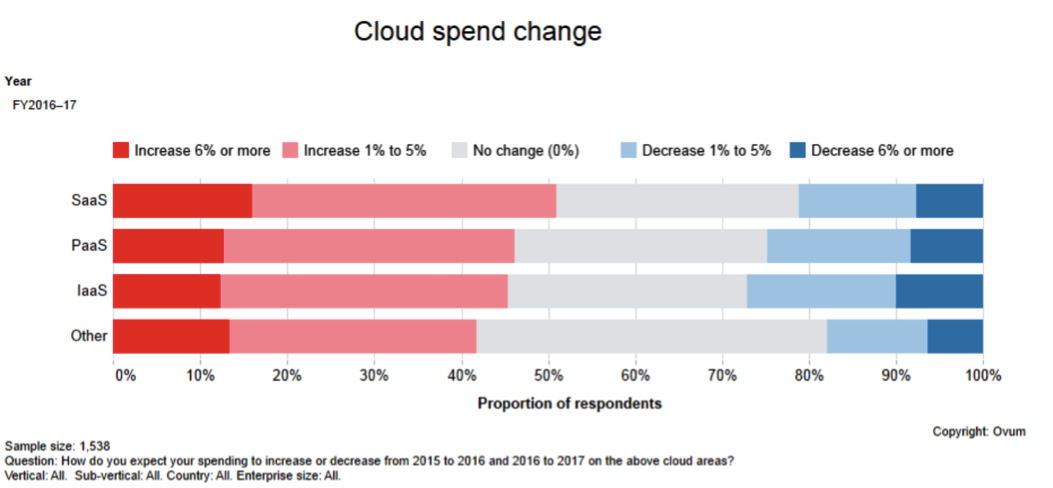Media companies should put in practice what Netflix unearthed a decade ago — the idea that content creation and distribution should be driven by data. Publishers, broadcasters, news organizations, cable companies and gaming companies in the media and entertainment industry are facing new business models that change the way they create, market and distribute their content. This is a result of the fact that today’s consumers search and access content anywhere, at any time and on any device.
What the hell is your “data guy” doing?
In today's world, businesses are increasingly data-driven. In fact, it is not uncommon for an organization to utilize a CRM tool for clients and leads management, a business intelligence tool for financial planning, services like Google Analytics for tracking websites, Google AdWords for online campaign management and perhaps a social network management tool as well.
Having immediate information about the performance of various aspects of your business is always great, however, it comes with a cost. With more and more data pouring from such services and more new services and tools being introduced every day, orchestrating the whole stack has become a rather unbearable burden.
Just imagine, if you really wanted to gather all of your desired data from every single data source that your company had, how many experts you would need? To make matters worse, many platforms "don't play nice" together, so painting the entire picture can feel like an almost impossible task. The past practice for many companies was to regularly have one or multiple data analysts login to the various services used on regular basis, download the data, prep it in a spreadsheet and then try and draw some meaningful insights from it.
There is a significant difference between having data and understanding what your data means. Without analyzing and transforming the data into actionable insight, it’s useless. Once the data has been translated into information, organizations can use it to build strong customer relationships resulting in increased brand loyalty as well as overall sales.
Data-driven content strategy: rules for media companies
Big data has the ability to provide numerous opportunities in the media industry as it can help navigate the biggest changing factor in the industry: customer behavior. Today, 90% of enterprise analytics and business professionals say that data and analytics are key to their organization’s digital transformation initiatives.

Mass consumer platforms like Facebook, Apple, Amazon, Netflix, and Google are consumer-centric disruptors. These platforms generate data and insights that offer granular audience segmentation for targeted advertising or better content recommendations for their consumers. Media companies need to leverage the value of their brands, content, and audience relationships to create personalized services. They can extend their reach and capabilities by adopting a platform-centric business model to concentrate on content creation and aggregation. Media companies need to create customer data platforms to collect and leverage all of the valuable data that they acquire about users through their controlled media outlets and ecosystem partners.
“Big data analytics can help media and entertainment companies to develop best promotional and product strategies to attract and retain customers,” says an analytics expert from Quantzig.
With millions of digital consumers, media and entertainment companies are in a unique position to leverage their big data assets in order to create more profitable customer engagement. Here are just a few examples of how media and entertainment companies can benefit from big data applications:
- Predicting what your audience wants
- Optimized scheduling of media streams
- Increasing acquisition and retention
- Ad targeting
- Content monetization and new product development
Three areas of opportunity for media companies
Broadcast television and traditional print media used to be pipelines for hundreds of billions of dollars exchanging hands. For a long time, those delivery channels worked. They created outstanding streams of demand for many companies, enabling them to reliably reach virtually all targeted eyeballs.
This new data-driven era offers opportunities to media companies in three technology areas:
New (cloud) infrastructure
Updating IT infrastructure is a challenge for older and larger media organizations. Why? In a word: scalability. Recent statistics from Ovum reflect this showing a rapid acceleration of cloud changes.

Social media generates terabytes of nontraditional, unstructured data in the form of conversations, photos, and video. The content management environment needs to be flexible and scalable to handle volume and combine audience profiles, content profiles, and contextual data to match audience interest and content relevance.
Artificial Intelligence
Artificial Intelligence is a technology which is characterized by the imitation of human intelligence for its usage in machines and for programming them to think in terms of humans and to mimic their actions. Making predictions about everything from systems performance to consumer behavior is incredibly important, but you also want to empower people with real insights around how to expand the boundaries of the product or service.
With sophisticated AI penetrating the home (Amazon has already incorporated its Alexa intelligent personal assistant into its Fire TV stick) TV personalization is going to become the new normal fairly rapidly.
Using Analytics to Drive True Personalization
Integrated data and technology to understand targeted audience is a must. Until now, the industry has done a pretty marginal job of making content compelling, personalized, and transparent.
"75% of consumers like when brands personalize messaging and offers."
Despite the fact mentioned above, 77% of marketers say "dynamic, personalized content" across channels is very important but most are still in the planning stages. They know that contextual recommendation is the new frontier: algorithms that will be sophisticated enough and have so much data to work with that they will be able to suggest what viewers want to watch at precisely that moment and get it right the majority of the time.
According to Business Insider Australia, Netflix believes its personalized recommendation engine is worth big bucks; roughly $1 billion per year. Netflix’s personalized recommendation engine could be worth $1 billion per year (or more).
Start your data-driven revolution with Dataddo
Dataddo provides a powerful cloud-based data platform that automates the entire chain of data operations ranging from extraction, integration to transformation and analytics. The platform works well with data from any web service, SaaS application, offline business tool or data from smart meters and sensors. With Dataddo you can easily sync, store, and access your data from over 80 data sources. Try our 14-day free trial and turn your organization into one that is truly data-driven today.
|
See how Dataddo can help your business Just a few quick steps to get your data to your dashboard for better analysis, without the hassle. |




Comments